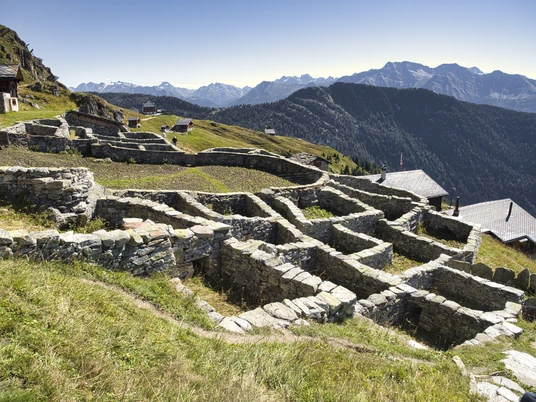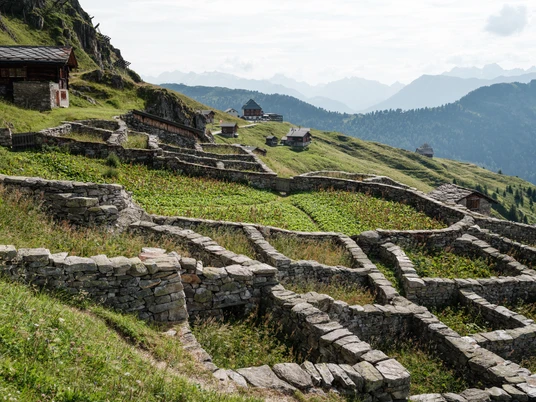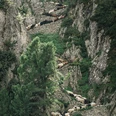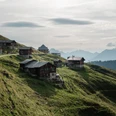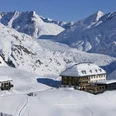- Photos & Map
How would you like to arrive?
- Description
- Good to know
- Nearby
During the "Schafscheid", the sheep coming from the summering in the Alps are sorted to their respective owners. The "Schafscheid", which is part of the traditional customs, is usually connected with a village and folk festival or a "Schäferfest" with a Sunday mountain mass and has become a tourist attraction.
After the "Alpaufzug" and about three months of summering, the "Alpabzug" takes place. After the dangerous collection of the wild grazing sheep up to 3000m by the Sanner in the Aletschji, there follows a one to two-day walk over narrow, stony paths to Belalp, where the "Schafscheid" takes place on a traditionally fixed day.
"Abtrieb" and "Schafscheid" work according to age-old rules. The herd of up to a thousand sheep is herded into a large "Färrich", to which other smaller "Färrich" are connected with gates. The herd of sheep is now driven apart and the individual animals per owner are locked into one of the smaller "Färriche".
After the "Alpaufzug" and about three months of summering, the "Alpabzug" takes place. After the dangerous collection of the wild grazing sheep up to 3000m by the Sanner in the Aletschji, there follows a one to two-day walk over narrow, stony paths to Belalp, where the "Schafscheid" takes place on a traditionally fixed day.
"Abtrieb" and "Schafscheid" work according to age-old rules. The herd of up to a thousand sheep is herded into a large "Färrich", to which other smaller "Färrich" are connected with gates. The herd of sheep is now driven apart and the individual animals per owner are locked into one of the smaller "Färriche".
Nearby
